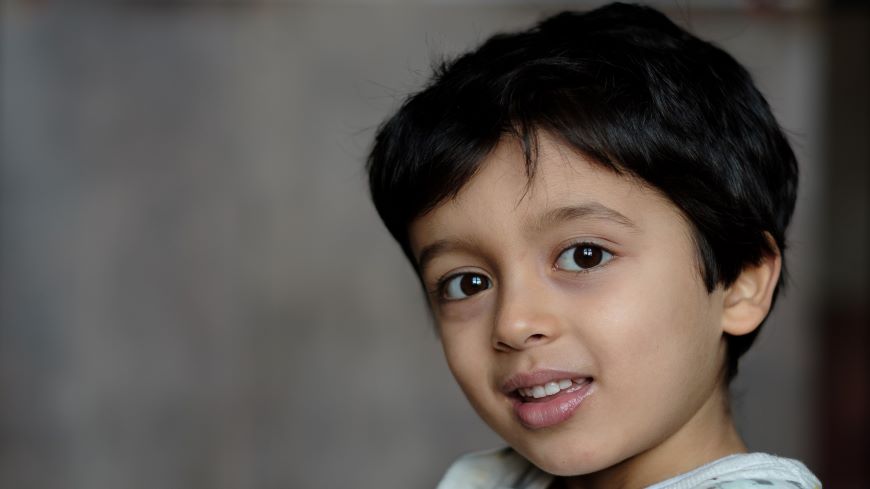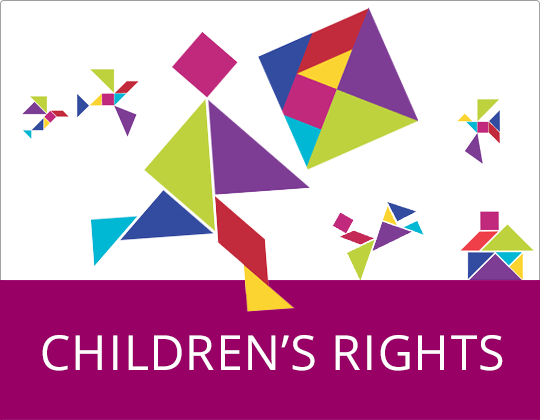Freedom from violence for all children, equal opportunities and social inclusion, access to technologies and their safe use, child-friendly justice and child participation – these are key objectives of the Council of Europe Strategy for the Rights of the Child (2022-2027) that was adopted on 23 February 2022. The sixth key objective of the Strategy, protecting children’s rights in crisis and emergency situations, initially focused primarily on shielding children from the effects of the Covid-19 pandemic. However, the day after the adoption of the Strategy, Russia launched its full-fledged war of aggression against Ukraine, and the focus of the Council of Europe’s work has shifted to protecting children of Ukraine, in the country and beyond, from the dramatic consequences of the war.
The adoption of the Declaration on the situation of children of Ukraine among one of the main outcomes of the 4th Summit of Heads of State and Government of the Council of Europe in Reykjavik in May 2023, and the subsequent setting up of the Consultation Group on the Children of Ukraine (CGU) display a political commitment at the highest level to overcome this challenge.
The work carried out by the Council of Europe and its member states to attain all the strategic objectives over the past two years, as well as developments and achievements in each of the thematic areas, are presented in the recently published first implementation report (covering activities in 2022-2023).
Important progress has been achieved in each of the six strategic objectives, through continuous engagement with member states, partnerships with other regional and international organisations and civil society, and through the involvement and consultation of children. Most of the respondent states consider that the situation of children has ‘somewhat improved’ in all the key areas of the Strategy, especially in the areas of child participation, child-friendly justice and safe use of technologies. Member states use the Strategy as a reference to develop national legislation, strategies, and programmes.
However, progress is still to be made, and institutional, financial and human limitations addressed. While the fight against sexual exploitation and sexual abuse of children remains high on the Organisation’s agenda, other types of violence, such as bullying, cyberbullying, peer-to-peer violence, and violence perpetrated in schools and care institutions, have received less attention. There is also an identified need to provide comprehensive sexuality education to children to prevent violence as well as harmful or risky sexual behaviour by children. Special needs of children with disabilities and children living in institutions need to be kept on the radar. In addition to the ongoing work to fight online sexual exploitation and abuse of children, efforts should be stepped up to ensure equal access to technologies for all children and to provide digital education programmes, including through co-operation with the private sector. One of the challenges in the area of child participation is to ensure the participation of children from various backgrounds, including children in vulnerable situations. More steps should be taken in the coming years to promote children’s rights in relation to a healthy environment.
First implementation report of the Council of Europe Strategy for the Rights of the child - covering February 2022 - October 2023 period
Every child - promotional video




